Automated Penetration Testing
Scale your manual penetration testing program with automated security validation.
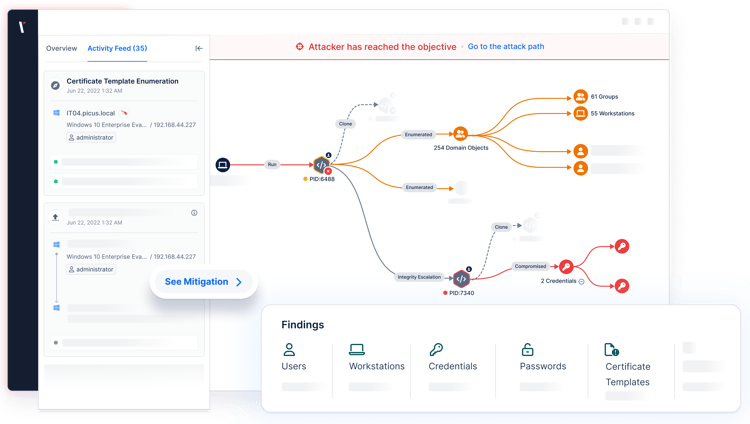
Get More Outcomes From Your Testing
Automated Penetration Testing and other human-led security assessments help organizations identify vulnerabilities and comply with information security regulations. For those asking "what is penetration testing," it’s the process of simulating real-world attacks to find system weaknesses. However, the scope and cost of these assessments can prohibit them from being performed regularly.
Attack simulation broadens the scope and frequency of testing programs, enabling security teams without offensive security skills to obtain consistent validation insights.
Automate Penetration Testing to:
- Identify and address risks sooner
- Alleviate manual testing requirements
- Broaden attack surface visibility
Benefits of Automated Penetration Testing
Companies should embrace automated continuous testing to protect against longstanding online threats.
Cybersecurity and Infrastructure Security Agency (CISA)


Why Manual Penetration Testing is Not Enough
While manual penetration testing remains a key way to assess your cyber security through the eyes of a human attacker, the time it takes to conduct tests manually means that assessments are performed at a single point in time and have a narrow scope.
With automated penetration testing, scale the breadth and depth of your testing program and benefit from consistent insights that enable you to identify and address risks sooner.
How Picus Helps
By automating penetration testing, Picus supplies the insights you need to measure and optimize your security posture on a consistent basis.
At the click of a button, simulate thousands of real-world threats and attack techniques across the cyber kill chain.
For a holistic view, validate your security outside>in and inside>out. Also benefit from actionable insights to prioritize vulnerabilities, optimize security controls, and more.
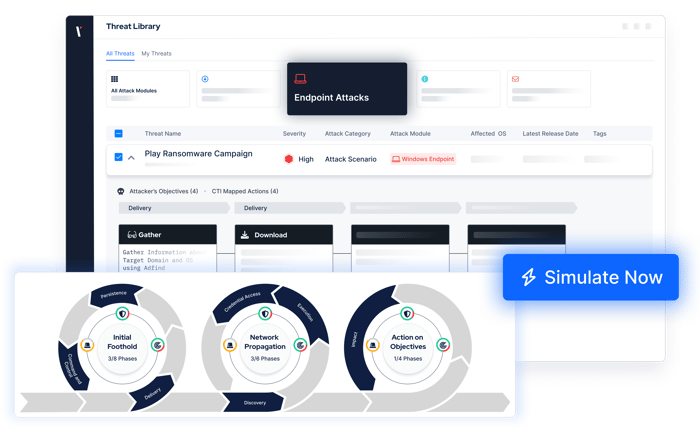
Security Validation Across Your Internal and External Attack Surfaces
Uncover exposures across your IT environment.
Validate the effectiveness of your controls to prevent and detect network infiltration, web application attacks, data exfiltration, and more.
Validate your security through the eyes of an evasive attacker with initial access to your organization's network.
Validate IAM policies and configurations with attack simulation for AWS, Azure and GCP.
Broaden visibility of the assets attackers could target to compromise your environment.
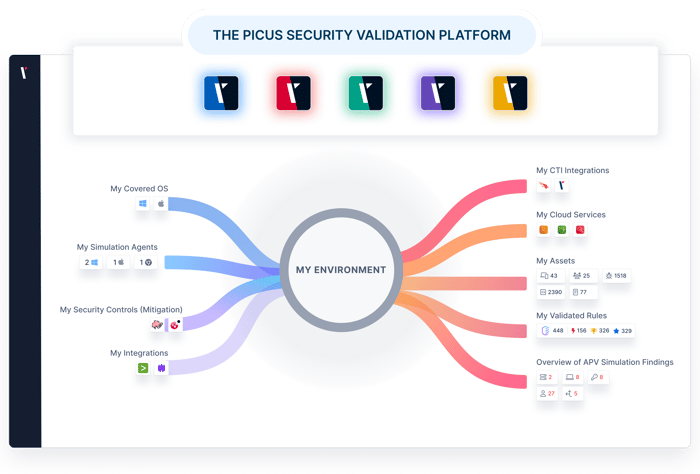
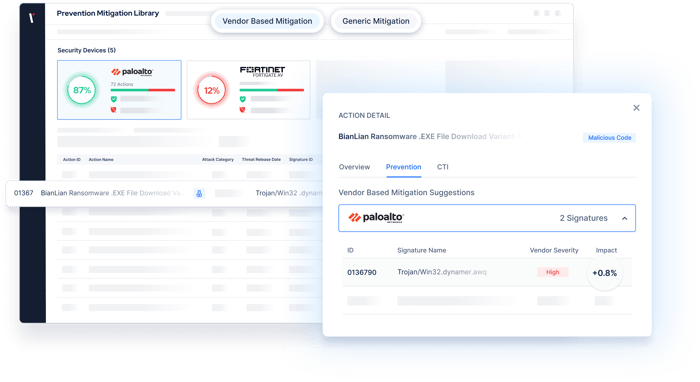
Actionable Insights. Not Generic Guidance.
Manual penetration testing engagements can fail to provide the metrics you need to quantify your threat readiness.
By choosing to automate your penetration testing program with Picus, measure your cyber risk in key areas, easily track improvements, and evidence your security posture.
Actionable remediation and mitigation insights provide the support you need to address risks quickly and effectively.
Explore Other Use Cases
How the Picus Platform helps you address your cybersecurity challenges.
Breach and Attack
Simulation
Simulate attacks to measure and optimize security controls.
Adversarial Exposure
Validation
Improve decision making with a holistic view of your security posture.
Resources
Discover Our Latest News and Content

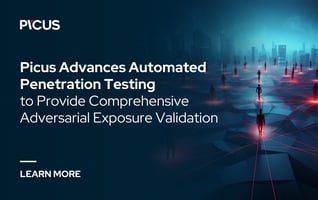
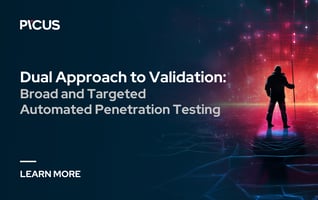

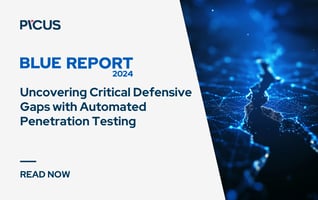




.png?width=3200&height=323&name=Pattern(1).png)
See the
Picus Security Validation Platform
Request a Demo
Submit a request and we'll share answers to your top security validation and exposure management questions.
Get Threat-ready
Simulate real-world cyber threats in minutes and see a holistic view of your security effectiveness.
Frequently Asked Questions
Automated penetration testing describes the identification of security exposures, such as vulnerabilities and misconfigurations, using an automated tool. Manual penetration testing performed by an ethical hacker can be slow and is often narrow in scope. Automated penetration testing is faster to perform and widens the scope of testing programs.
Manual penetration testing is performed by human ethical hackers. Automated penetration testing complements manual assessments by broadening the scope and scale of testing programs. The outcomes of manual penetration testing can vary depending on the skills of a tester. Automated tests provide consistent validation and metrics that can be used to track changes to an organization’s security posture more reliably.
No. The Picus platform automates security validation, meaning specialist ethical hacking skills are not required to simulate threats. This makes Picus an ideal choice for security teams that want consistent offensive security insights. For professionals with offensive security skills, the platform offers advanced features, such as threat customization, which help scale testing programs.
Automated Penetration Testing and Breach and Attack Simulation are terms used interchangeably to describe solutions that simulate threats. The main difference between tools is that some are specialized in addressing specific use cases such as
vulnerability management, security control validation, and attack path management. The Picus Platform has capabilities to address an extensive range of validation requirements.
Due to constant changes in the threat landscape and within IT environments, it is recommended that penetration testing should be performed on at least a weekly basis and after infrastructure changes. Annual or quarterly penetration testing might satisfy some compliance requirements but is not enough to ensure swift identification and mitigation of exposures.
Yes. Penetration testing can be performed safely in production environments if it is appropriately scoped to minimize any risks.
Picus performs attack simulations using agents and does not target production systems. Any changes made to an environment are rolled back to their original state once an assessment is completed.
